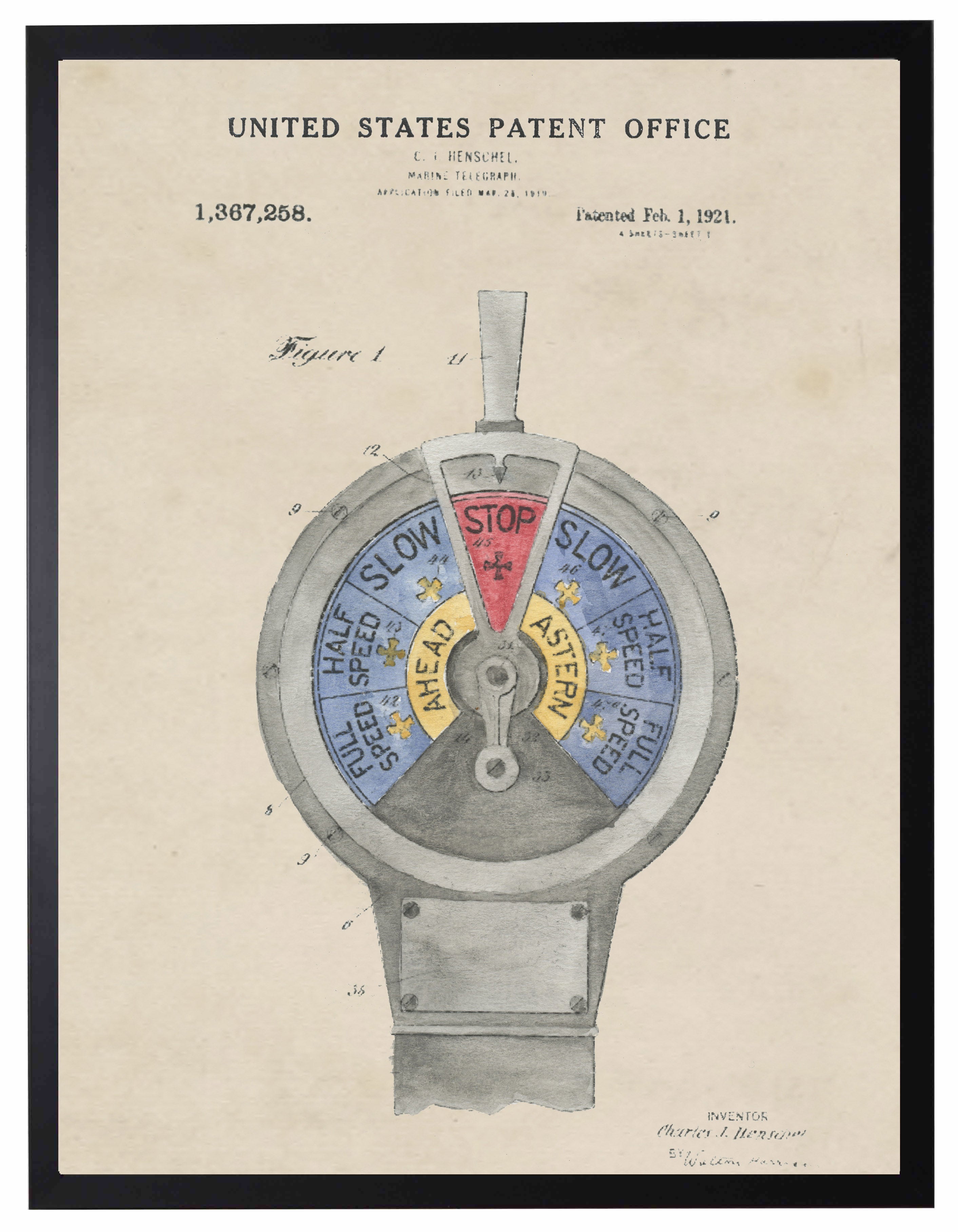The engine order telegraph is a piece of equipment that has been used for many years to control the speed of a ship's engine. It is a device that has been a fixture in maritime transportation for decades and has been used to ensure safety and efficiency in the operation of vessels.
The engine order telegraph was first developed in the late 19th century by the British company, Wilson Brothers & Co. The company was founded in 1871 by brothers James and John Wilson, who were both engineers. They were the first to create the engine telegraph, which allowed the helmsman of a vessel to transmit orders to the engine room. The signals were sent using a system of flags and bells.

The engine order telegraph is a device that is still used today in the maritime industry. It is a system of communication between the bridge and the engine room that allows the captain to control the speed of the vessel. The engine order telegraph consists of a transmitter and a receiver. The transmitter is located on the bridge, usually in the wheelhouse. This device is used to send signals to the engine room, which are then passed on to the engine operators.

The engine order telegraph also has a series of bells that can be used to communicate with the engine room in the event of an emergency. The bells are used to indicate different orders, such as “full speed ahead” or “stop engine”. This system of communication allows the captain to quickly and efficiently control the speed of the engine, which is essential in emergency situations.

The engine order telegraph is an important piece of equipment that is used to ensure the safety and efficiency of vessels. It is a vital part of maritime transportation and is essential in the operation of any ship. The engine order telegraph is a reliable way of communication between the bridge and the engine room and is used to ensure the safety and efficiency of a vessel.

The engine order telegraph has been in use for over a century and is an integral part of maritime transportation. It is a reliable system of communication that is used to ensure the safe and efficient operation of vessels.
In 1921, Charles Henshcel of Brooklyn, NY filed a patent for a Marine Telegraph. His design transmitted communication signals with electricity generated through kinetic energy when the operator moved the handle. This breakthrough made it possible to communicate changes in speed without drawing on external electricity. This was one of over 10 designs that Henschel created over the course of his life.
Check out the patent




